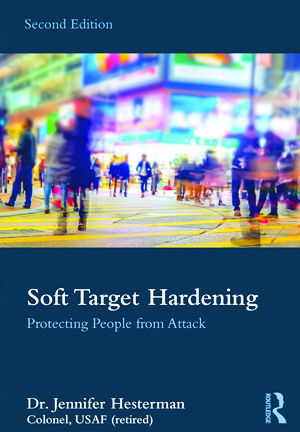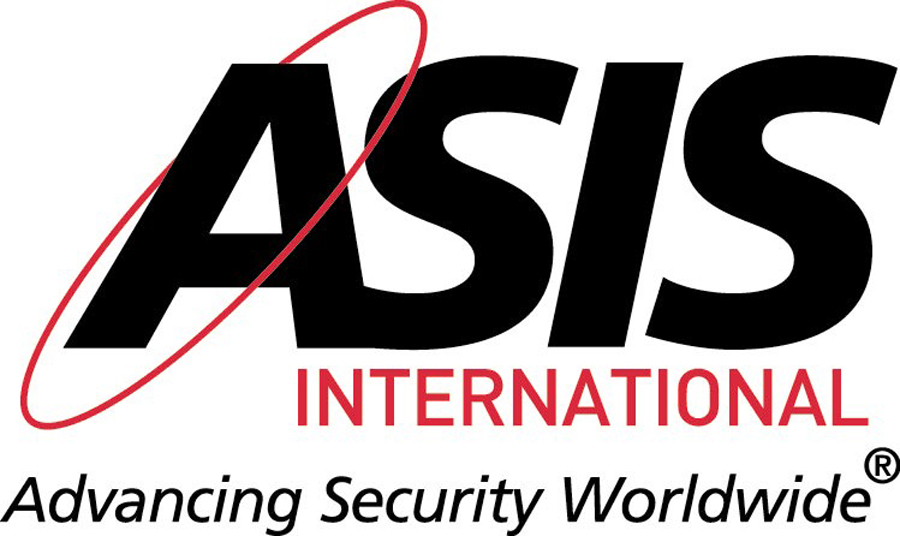Award-winning book by Jennifer Hesterman, Ph.D. offers a comprehensive approach to increasing organizational security in addressing growing criminal, terrorist, and mass-casualty threats and vulnerabilities
ASIS International has recently announced that Soft Target Hardening: Protecting People from Attack (Second Edition) by Jennifer Hesterman, Ph.D., was selected as the 2019 ASIS Security Industry Book of the Year.

“Increasing instances of active shooter assaults underline a universal truth in security. It is easier to commit crime or terrorism when a facility has minimal security – otherwise known as soft targets. Author Jennifer Hesterman, a retired U.S. Air Force colonel, draws upon her experience securing military assets overseas and applies it to protecting soft targets in the domestic and civilian space,” stated A. Benjamin Mannes, CPP, Chief Compliance Officer for a Philadelphia-based financial firm and member of the ASIS Philadelphia Chapter, “By adopting the principles in this book, readers can take an important first step to recognizing and mitigating threats to their organizations.”
The ASIS Security Industry Book of the Year is selected by a panel of ASIS members who review member-authored titles using criteria including relevancy to today’s security threats, importance of the subject in the field, and the uniqueness of the coverage of a new security concept, idea or technology. Runners-up for the 2019 award include Reawakening America: Leadership, Vigilance, and Collaboration (Vincent Bove, CPP), and Workplace Violence: Issues in Threat Management (Christine M. Holbrook, David E. Bixler, Eugene A. Rugala, Carri Casteel).
“I am truly humbled by this award. Being recognized for a second time by the world’s leading organization in security management is an honor of a lifetime,” said Dr. Hesterman, “It is my sincere hope that organizations in both the private and public sectors gain new perspectives and knowledge in order to better protect their workplaces, public spaces and other assets.”
